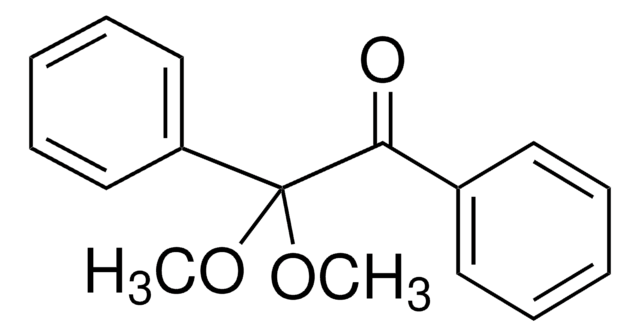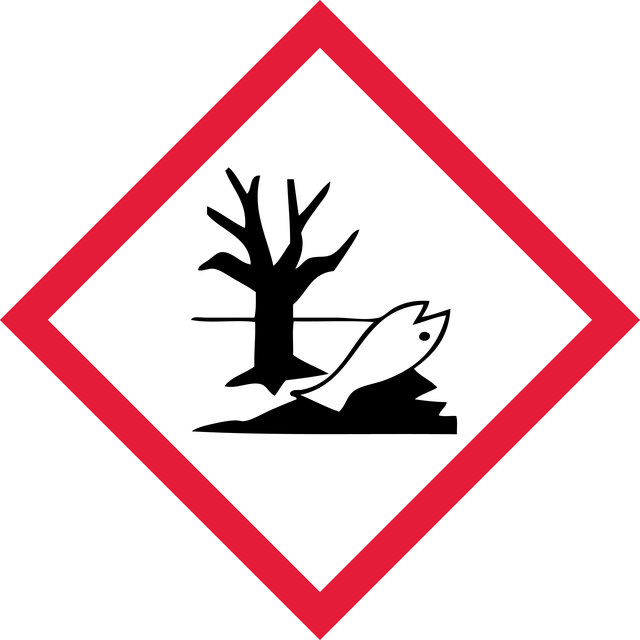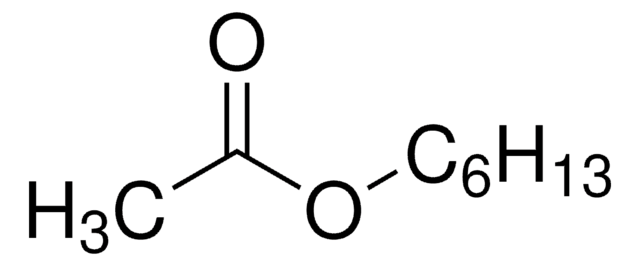Passer à
134341
4-Phenylphenol
97%
Synonyme(s) :
4-Hydroxybiphenyl
Sélectionner une taille de conditionnement
515,00 $
Sélectionner une taille de conditionnement
About This Item
515,00 $
Produits recommandés
Niveau de qualité
Essai
97%
pb
321 °C (lit.)
Pf
164-166 °C (lit.)
Solubilité
methanol: soluble 50 mg/mL, clear, colorless
Groupe fonctionnel
phenyl
Chaîne SMILES
Oc1ccc(cc1)-c2ccccc2
InChI
1S/C12H10O/c13-12-8-6-11(7-9-12)10-4-2-1-3-5-10/h1-9,13H
Clé InChI
YXVFYQXJAXKLAK-UHFFFAOYSA-N
Informations sur le gène
rat ... Ar(24208)
Vous recherchez des produits similaires ? Visite Guide de comparaison des produits
Catégories apparentées
1 of 4
Cet article | 408298 | 408905 | 408913 |
|---|---|---|---|
| grade technical grade | grade technical grade | grade - | grade - |
| assay 90% | assay ≥ 85.0% | assay 98% | assay 98% |
| density 0.884 g/mL at 25 °C (lit.) | density 1.016 g/mL at 25 °C (lit.) | density 0.888 g/mL at 25 °C (lit.) | density 1.012 g/mL at 25 °C (lit.) |
| contains 60-100 ppm monomethyl ether hydroquinone as inhibitor | contains 1000 ppm monomethyl ether hydroquinone as inhibitor | contains 100 ppm hydroquinone as inhibitor | contains 50-100 ppm MEHQ as inhibitor |
| refractive index n20/D 1.445 (lit.) | refractive index n20/D 1.439 (lit.) | refractive index n20/D 1.428 (lit.) | refractive index n20/D 1.427 (lit.) |
| Quality Level 100 | Quality Level 100 | Quality Level 100 | Quality Level 100 |
Description générale
Application
Mention d'avertissement
Warning
Mentions de danger
Conseils de prudence
Classification des risques
Aquatic Chronic 2 - Skin Irrit. 2 - Skin Sens. 1B
Code de la classe de stockage
13 - Non Combustible Solids
Classe de danger pour l'eau (WGK)
WGK 2
Point d'éclair (°F)
320.0 °F - closed cup
Point d'éclair (°C)
160 °C - closed cup
Équipement de protection individuelle
dust mask type N95 (US), Eyeshields, Gloves
Faites votre choix parmi les versions les plus récentes :
Déjà en possession de ce produit ?
Retrouvez la documentation relative aux produits que vous avez récemment achetés dans la Bibliothèque de documents.
Les clients ont également consulté
Notre équipe de scientifiques dispose d'une expérience dans tous les secteurs de la recherche, notamment en sciences de la vie, science des matériaux, synthèse chimique, chromatographie, analyse et dans de nombreux autres domaines..
Contacter notre Service technique















